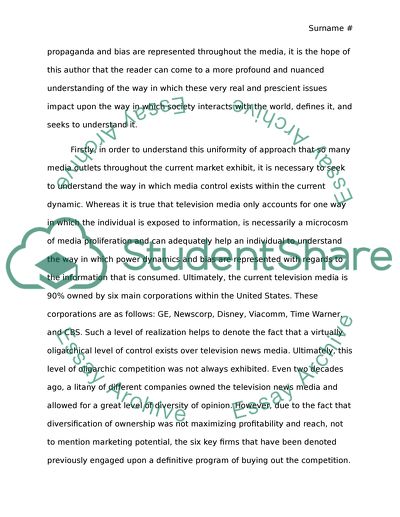Cite this document
(“Media Bias and Propaganda in United States Essay”, n.d.)
Media Bias and Propaganda in United States Essay. Retrieved from https://studentshare.org/journalism-communication/1496630-media-bias-and-propaganda-in-united-states
Media Bias and Propaganda in United States Essay. Retrieved from https://studentshare.org/journalism-communication/1496630-media-bias-and-propaganda-in-united-states
(Media Bias and Propaganda in United States Essay)
Media Bias and Propaganda in United States Essay. https://studentshare.org/journalism-communication/1496630-media-bias-and-propaganda-in-united-states.
Media Bias and Propaganda in United States Essay. https://studentshare.org/journalism-communication/1496630-media-bias-and-propaganda-in-united-states.
“Media Bias and Propaganda in United States Essay”, n.d. https://studentshare.org/journalism-communication/1496630-media-bias-and-propaganda-in-united-states.


